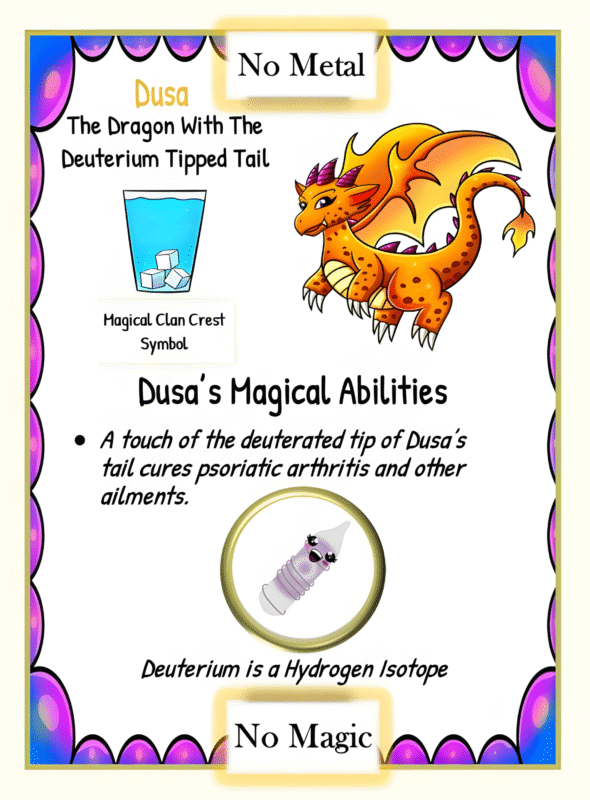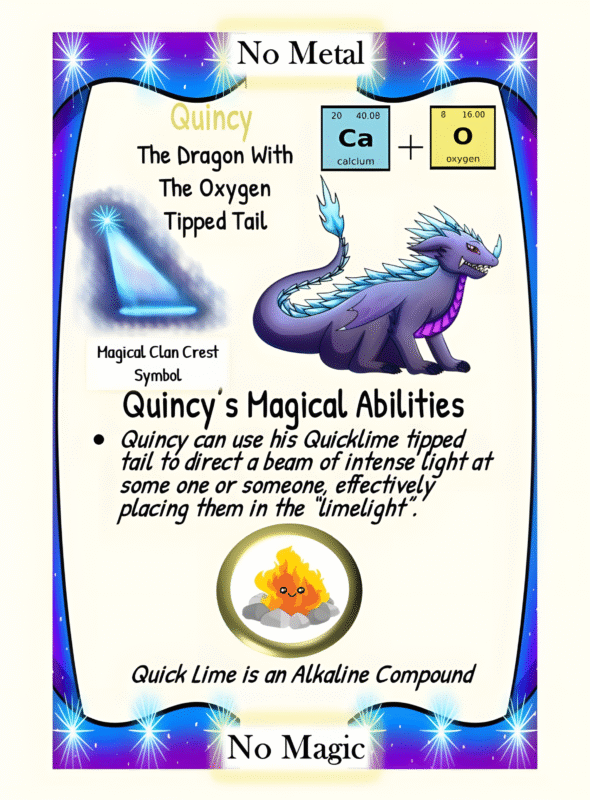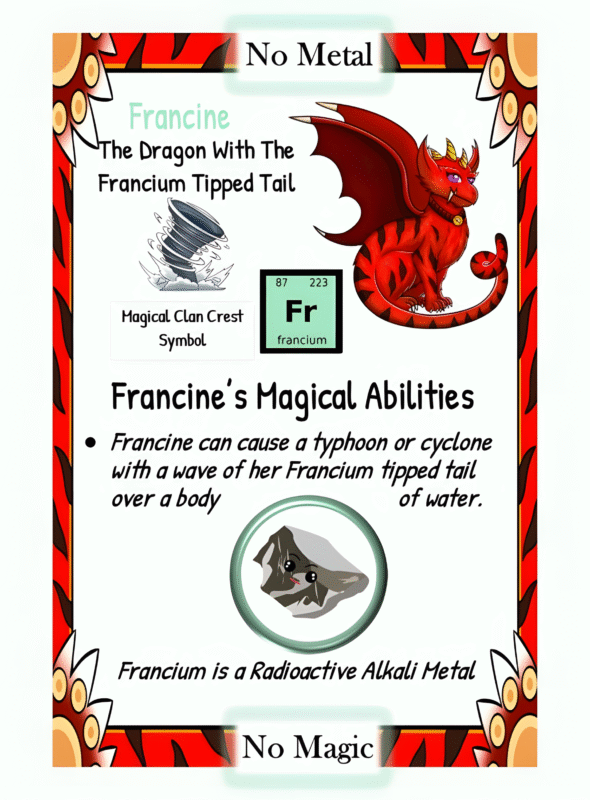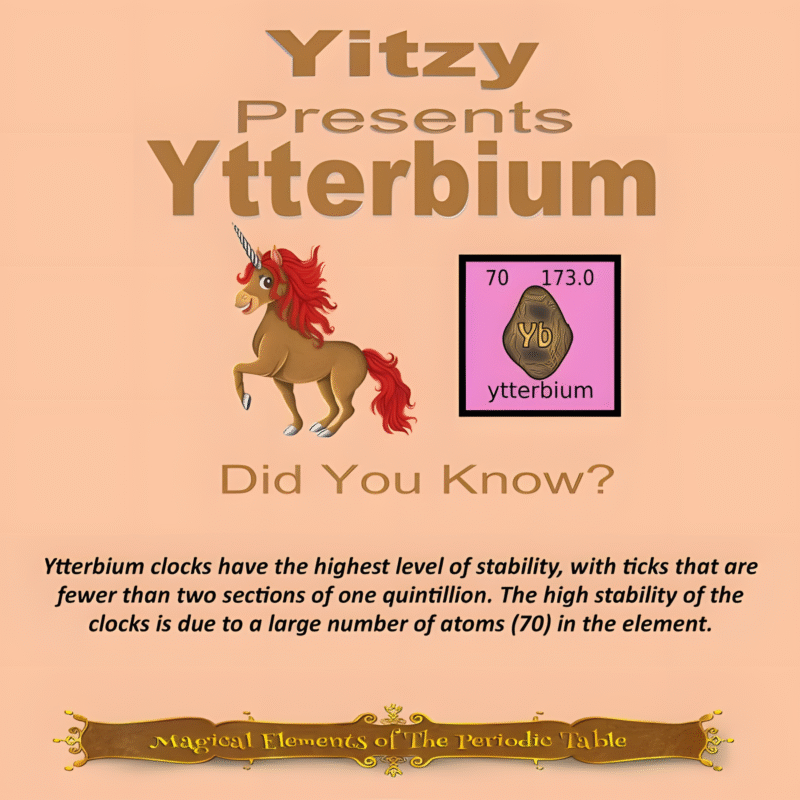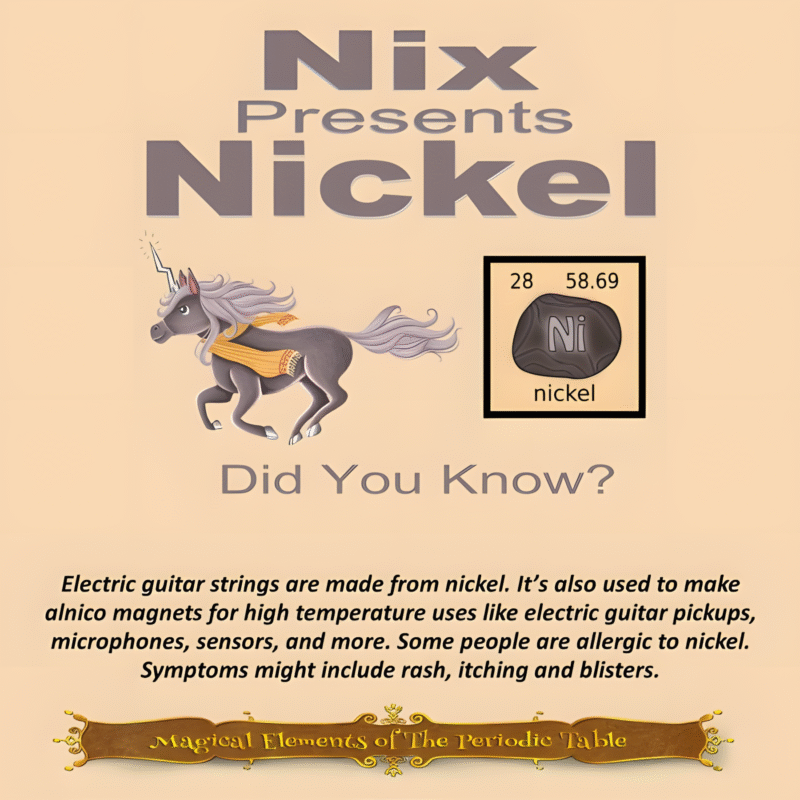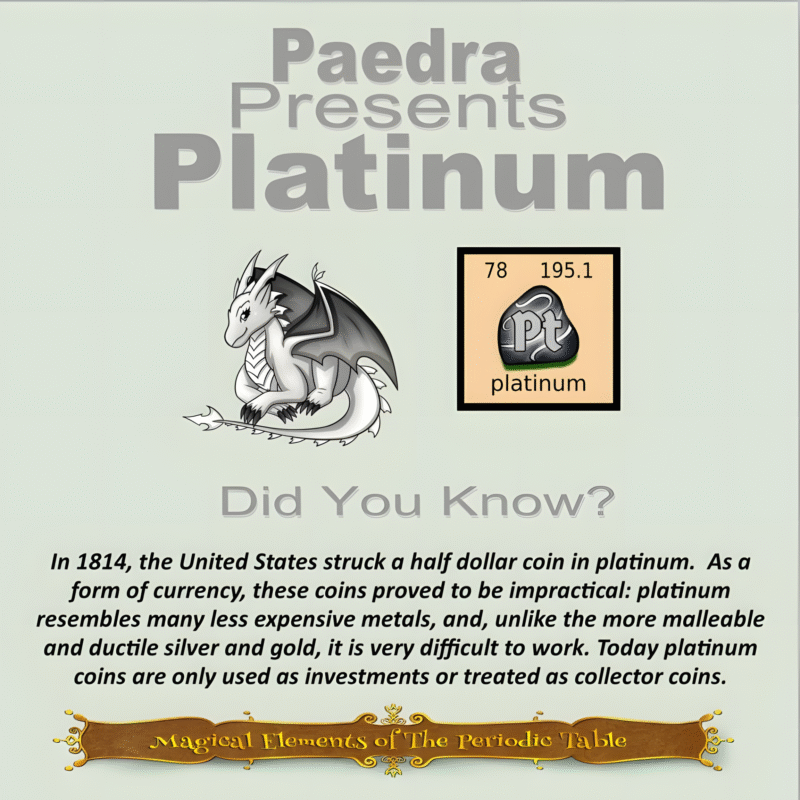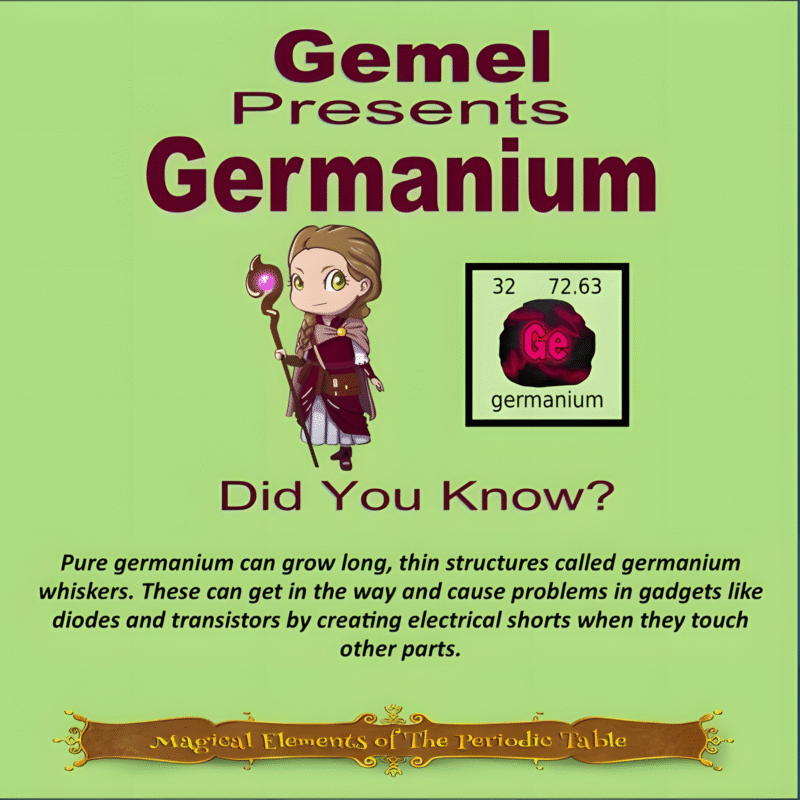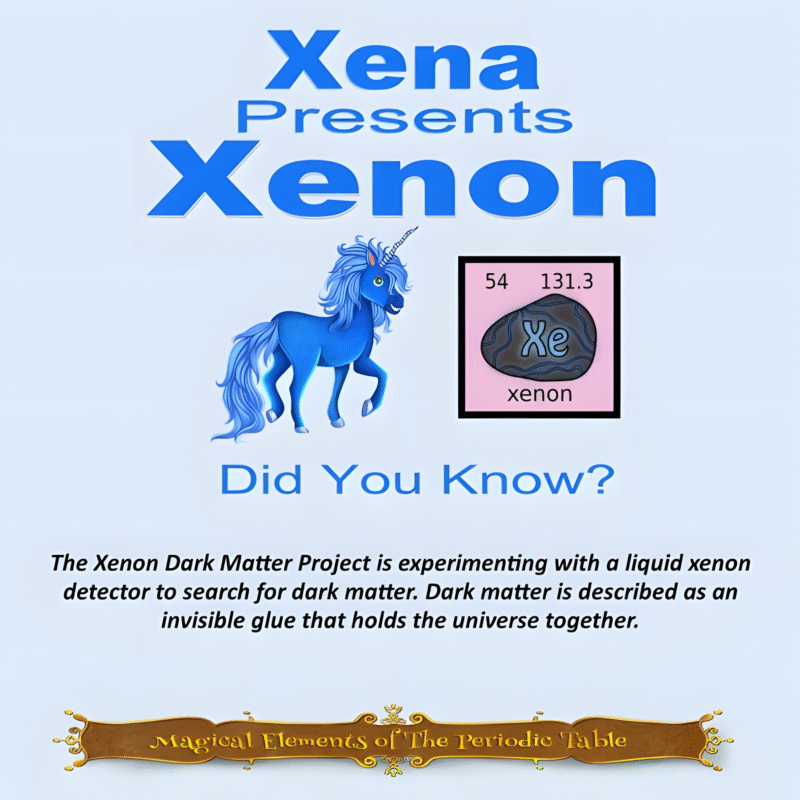Antimony: A Journey from Ancient Marvel to Modern Abandonment
Antimony, a lustrous gray metalloid, has captivated human civilization since ancient times with its unique properties and applications. However, as our understanding of this element has grown, concerns regarding its toxicity and scarce supply have led to a decline in its usage for former purposes. In this article, we’ll explore the earliest uses of antimony, its historical significance, and the reasons behind its progressive abandonment.
Historical Importance of Antimony:
Antimony’s rich history dates back to as early as 3000 BCE, where it was first encountered in ancient Egyptian tombs. The name “antimony” originates from the Latin term ‘stibium,’ which primarily referred to a cosmetic powder, a mineral form of antimony sulfide, frequently used for eye makeup. Egyptians employed this substance to enhance the beauty of their eyes and believed it possessed mystical properties.
Uses of Antimony in Ancient Times:
- Medicinal Applications: The Ancient Egyptians and Greeks regarded antimony as a therapeutic remedy for various ailments, similar to how we use modern medicines today. It was believed to have purifying properties, aiding in the treatment of skin infections, and other ailments.
- Alchemical Role: In ancient alchemy, antimony was considered a crucial element in the transmutation of base metals into gold, a quest that consumed the minds of alchemists for centuries.
- Pyrotechnics: The ability of antimony compounds to produce vibrant flames made them popular in firework displays and pyrotechnics during the Renaissance.
- Glassmaking: Antimony oxide enhanced the refractive index of glass, leading to its use in the glass manufacturing industry, primarily for optical lenses.
- Flame Retardants: Antimony trioxide, with its excellent flame retardant properties, was traditionally used in various industries, including textiles and plastics, to reduce the risk of fire.
The Shift Away from Antimony:
- Toxicity Concerns: As our scientific understanding advanced, it became clear that prolonged exposure to or ingestion of antimony could have detrimental health effects. It was found to be carcinogenic and linked to respiratory and cardiovascular issues, leading to a decline in its usage for medicinal purposes.
- Environmental Concerns: The mining and refinement of antimony lead to environmental contamination, raising concerns about its impact on ecosystems and human health. This realization further contributed to a diminished interest in its applications.
- Alternatives and Regulations: Over time, safer alternatives were developed, rendering antimony less essential for many former applications. Moreover, strict regulations and standards on the usage of hazardous substances in industries further limited antimony’s viability.
Antimony, once celebrated for its medicinal properties and diverse applications, has witnessed a decline in use due to concerns about its toxicity and environmental impact. Advancements in understanding its health risks, along with the development of safer alternatives, have contributed to this shift. While the use of antimony for certain purposes persists today, its significance has substantially diminished, prompting industrial sectors to search for more sustainable alternatives. As our understanding of the chemical world continues to evolve, it is crucial to consider the ecological impact and potential harmful effects of substances like antimony, striking a balance between past wonders and the future’s environmental needs.
This article is brought to you by Sybrina Durant, the author of the middle grade picture book, Magical Elements of the Periodic Table Presented Alphabetically By The Elemental Dragons. Learn More. In that book Antimony is presented by the dragon, Antz.
Inter-Active Elemental Fantasy-Themed Periodic Table from Magical Elements of the Periodic Table Presented Alphabetically by The Elemental Dragon Clan
Click here to use This Inter-Active Viewer To Learn More About The Elements Each Elemental Represents On This Periodic Table. Want this in a 24″ x 36″ Poster? Click here.
Sybrina Publishing Offers Fun Activities Based On The Book
Magical Elements of the Periodic Table Magical Elementals
Browse Magical Elemental Activities at MagicalPTElements or Sybrina-Publishing on TPT or Classful





